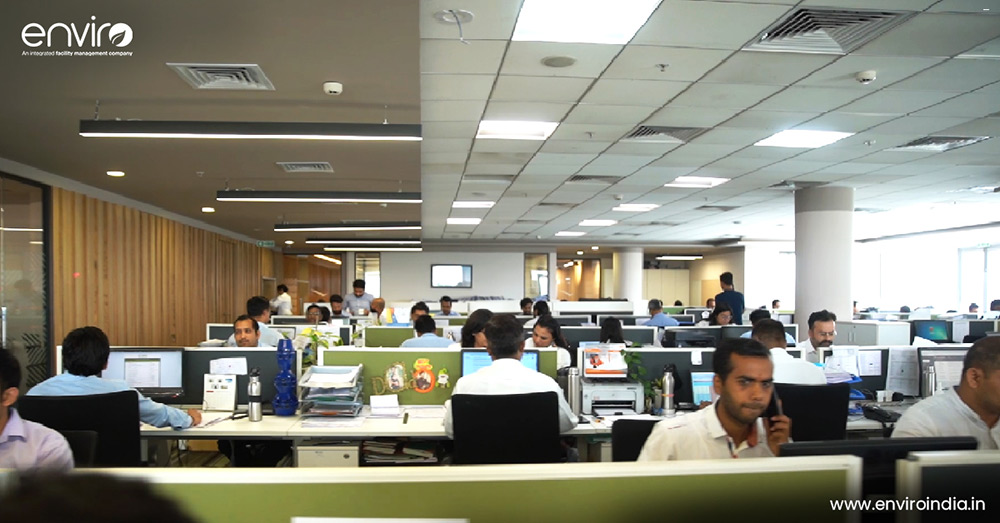Post pandemic, offices have become increasingly empty, more employees are working from home and collaboration is the norm of the day. This growing acceptance of hybrid workspaces has impacted all aspects of our professional/personal life but none more so than facility management. Workspaces are adapting many changes, some for the better and some to change the game altogether. It is still unclear whether these changes are here to stay or yet to change again but one thing facility managers are certain about is that this is the ‘new normal’.
An organization relies on its facilities to efficiently support its people and processes. As the role of the workspace changes, so does the offering of Facility Manager. A Facility Manager’s responsibilities are likely to shift from the delivery of services to the creation of in-office experiences. A modern facility management company is responsible for creating an attractive working environment that prioritizes the well-being of employees.
Role of Facility Managers in Creating Hybrid Workspace
It is important to remember that office is no longer the place where employees have to be, but the place where they want to be. In the office, the emphasis is on face-to-face meetings and team building, more day-to-day and focus based tasks can be done elsewhere. Facility Managers play a vital role in creating this type of hybrid workspace by coordinating the services and hospitality and ensuring that employees can easily meet each other, effectively work together and receive business contracts.
There are many areas in which Facility Managers can do more than just comply with traditional employee requests and it starts right from the design stage. A Facility Manager, by using his/her knowledge and experience in facility management can work with the designers to create an office content with an innovative facility dimension. By working closely with the managers, employees, customers and suppliers, a facility manager can set up the most effective and efficient hybrid workspace.
Facility Manager’s Strategy in Creating Hybrid Workspace
1. Dynamic Planning of Flexible Office Occupancy: – Facility Managers need to manage dynamic office occupancy planning to not only prevent employees from being unable to find available workplaces but also avoid inefficient use of the workspace itself.
2. Tools to Shape Hybrid Workspace: – Facility Managers should integrate tools that ensure office occupancy is evenly dispersed throughout the week. It includes booking desks and shifts at the office, live localization of colleagues and office heat maps.
3. Optimizing Office Through Data: – Data is a vital foundation to tackle the uncertainties of hybrid workspace.It helps to ensure efficient HVAC usage, sufficient hot desking capacity, employee productivity, wellbeing, health and safety. With access to insightful data, facility managers can anticipate changing employee needs to make data driven decisions. It also helps in identifying unnecessary expenses and discovering good practices to be applied throughout the organization.
4. Creating a Healthy and Sustainable office: – Improving the productivity and work-life quality of an organization is one of the core tasks of a facility manager. With a more health conscious and sustainable building, employees feel happier, more productive and are less likely to suffer from the sick building syndrome.
Conclusion As the workspace increasingly shifts towards the hybrid model, Facility Managers must continuously monitor and adapt strategies to meet the evolving trends. Irrespective of the flexibility and freedom, hybrid workspace can present different challenges for each client. However, a facility manager, with an agile approach can help in driving the hybrid workspace revolution and ensure it a sustainable, successful and long-term future.





 WhatsApp Business +91 88000 09776
WhatsApp Business +91 88000 09776
 CSC
CSC  WhatsApp Business
WhatsApp Business 